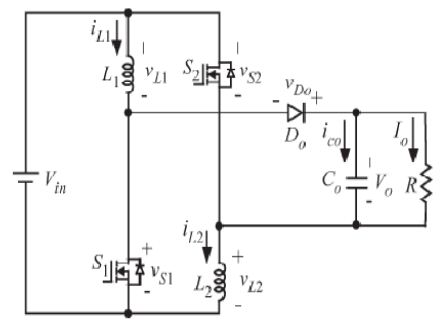fadapow
Newbie level 5
I am designing an inverter for a diy project. This inverter should be transformer-less and microprocessor based. I am planning to use a DC-DC converter, but should i used a the Peak voltage or the RMS for the DC-DC output, and how do i configure the circuit to handle the power i have in mind? How could I limit the device to....say 250W , with a 24v input, the input current would be, 10.42A, how would i ensure that the output is say, 2.1A?
Thanks
Thanks
